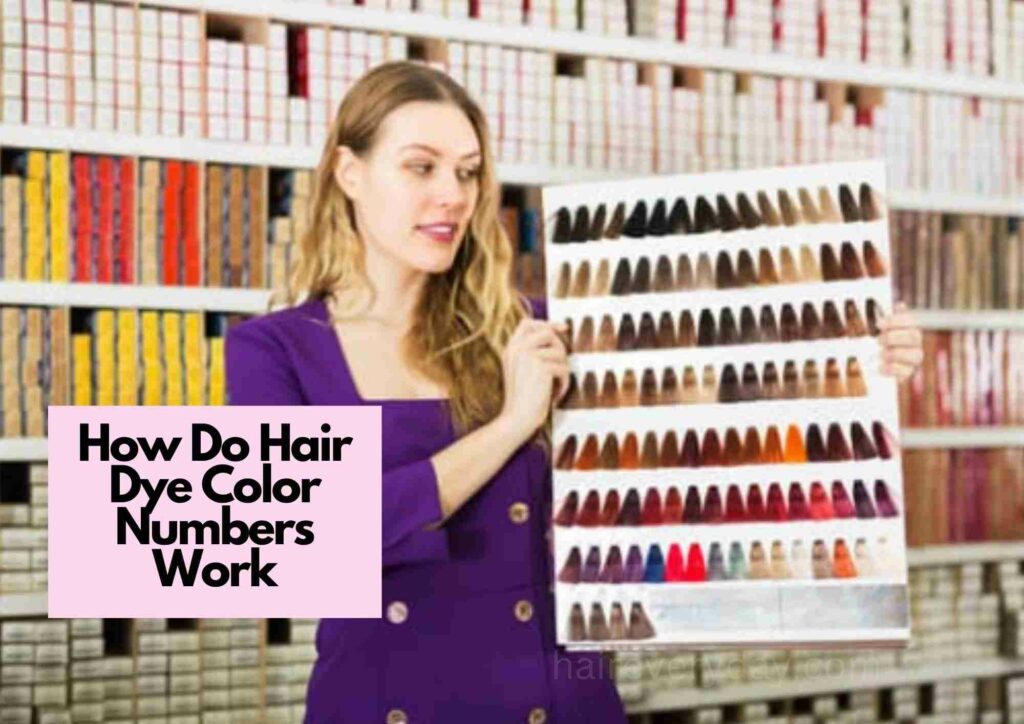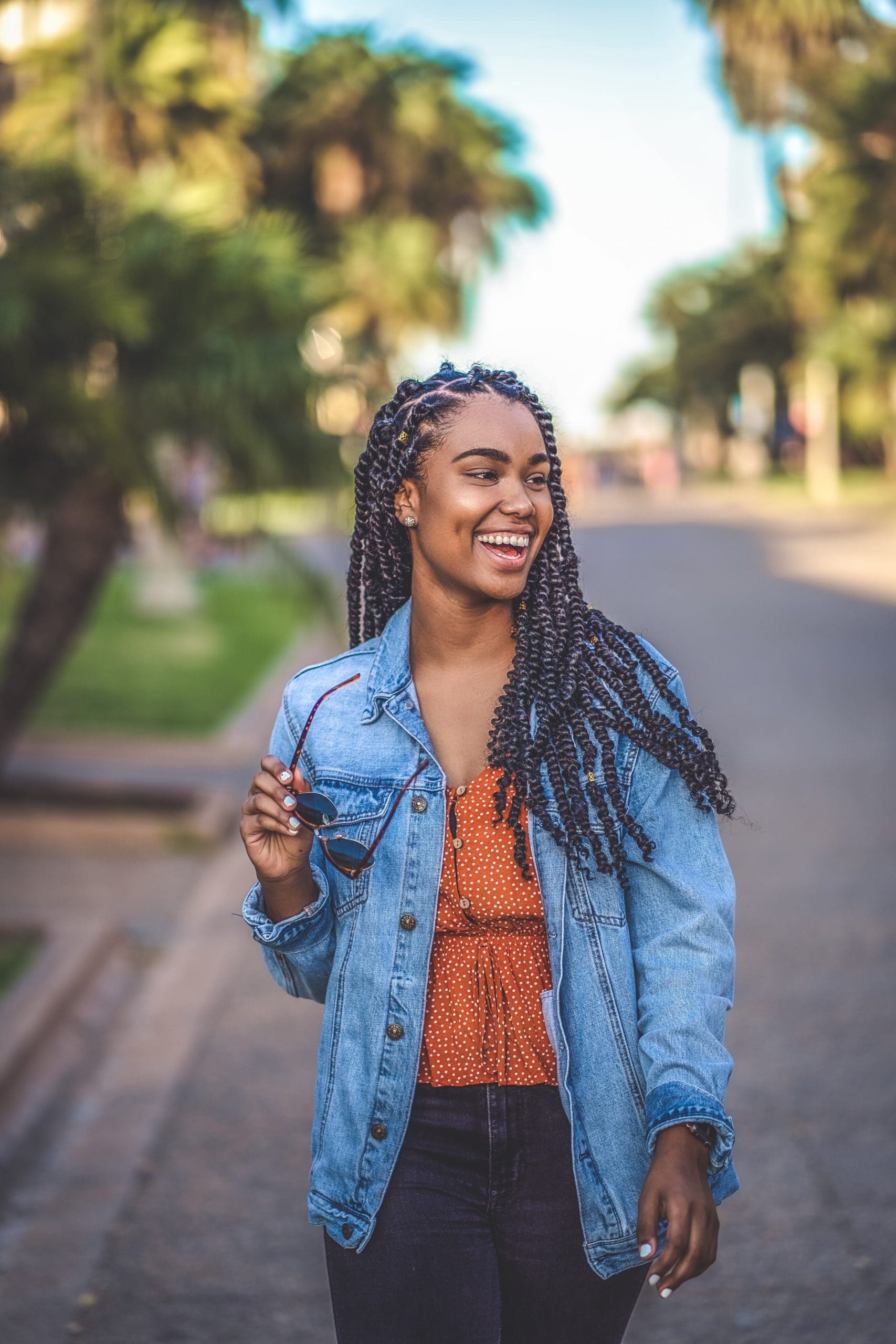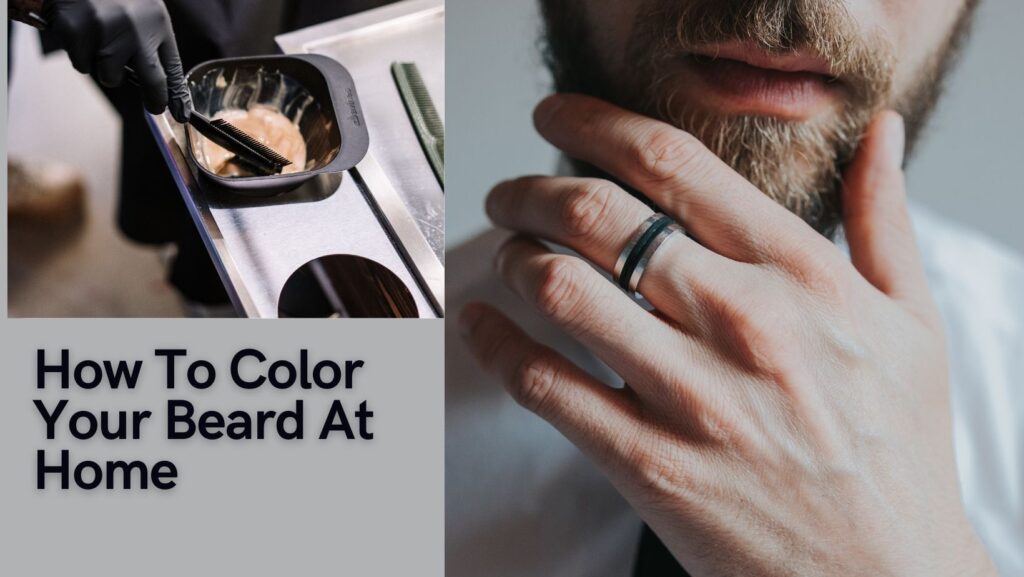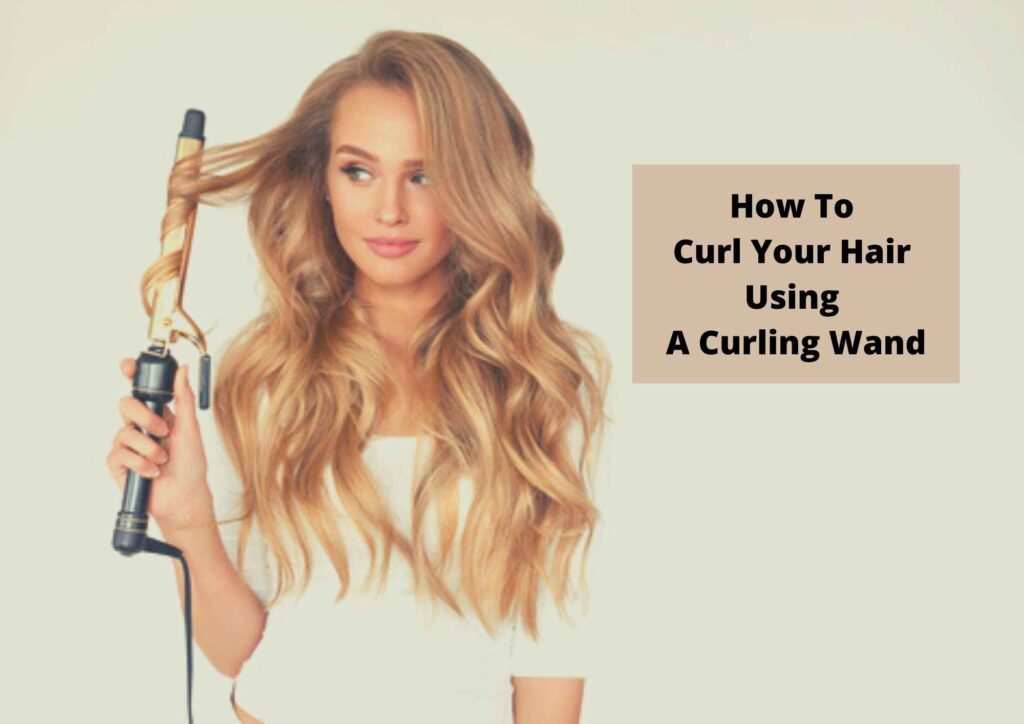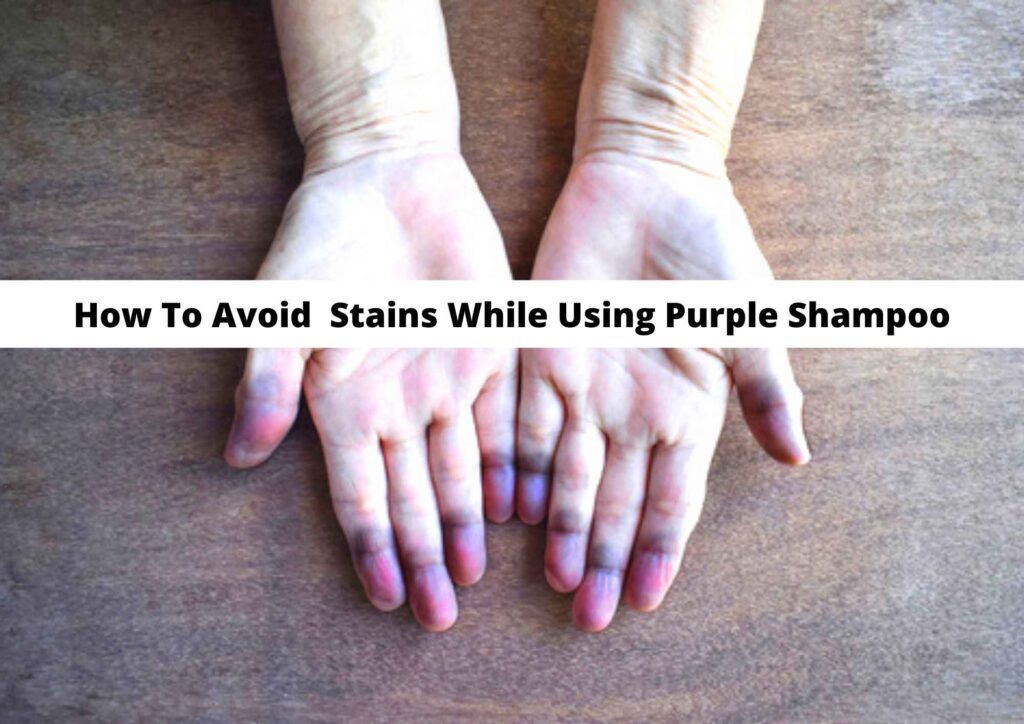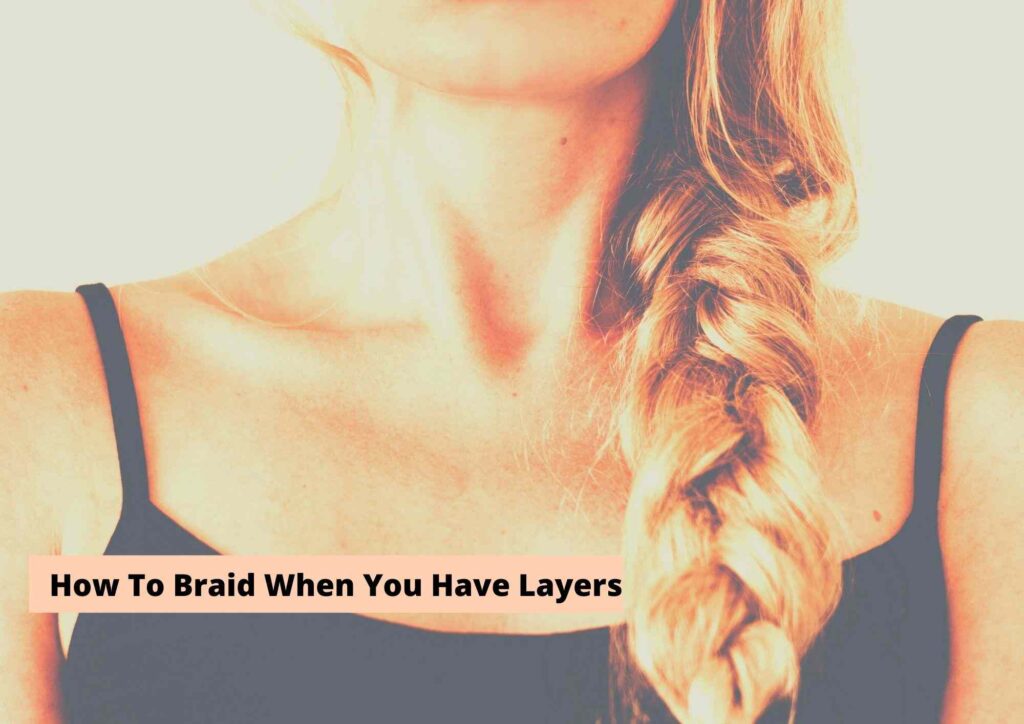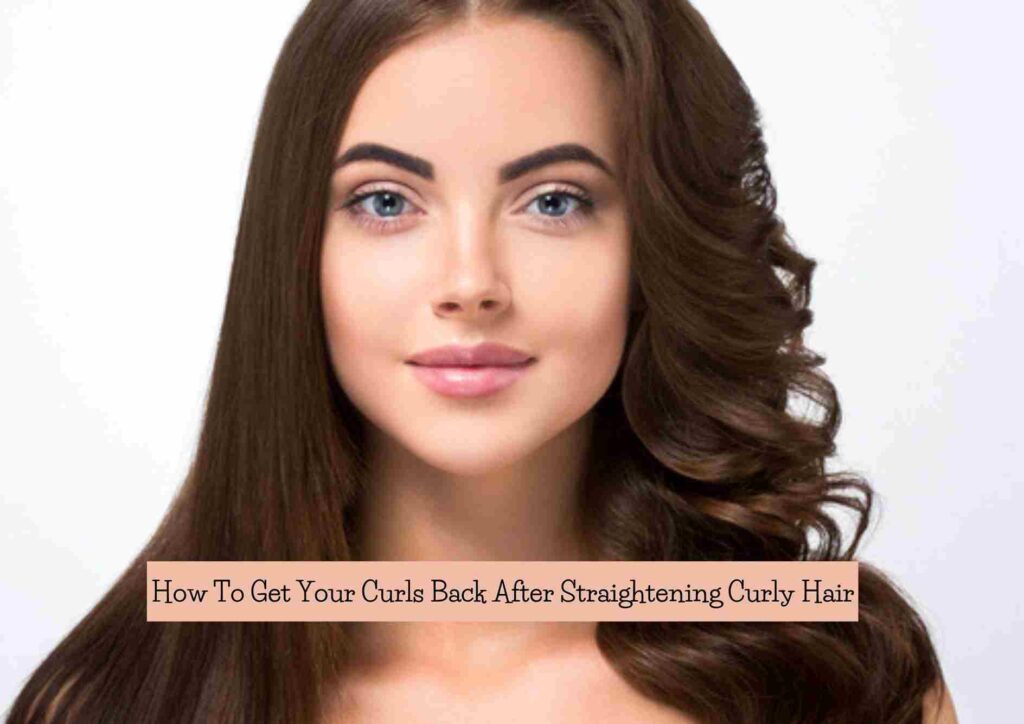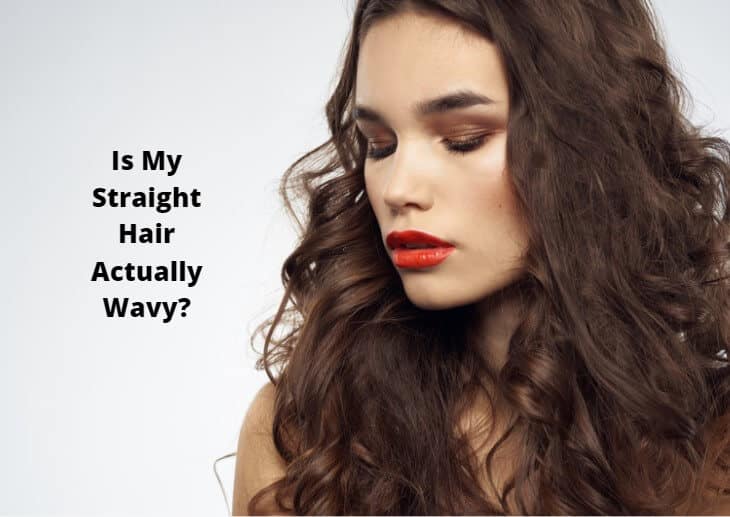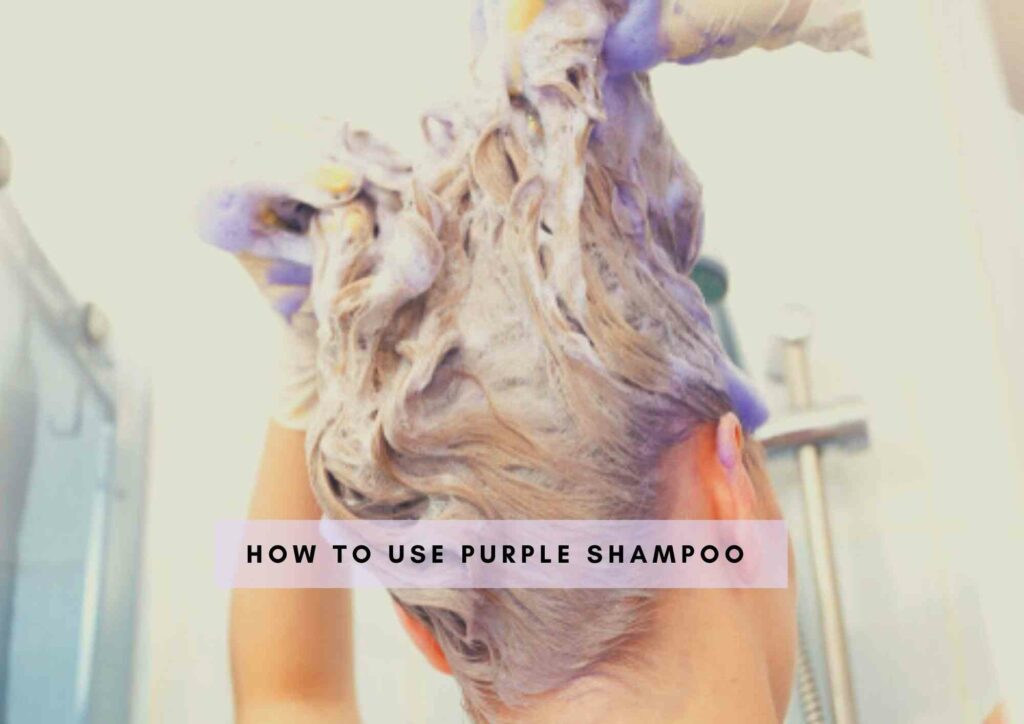Confused about how hair dye color numbers work? Discover the ins and outs of hair dye numbering systems and decode the mysteries of finding the perfect shade. Learn how color numbers indicate tone, depth, and undertones, empowering you to make informed choices for your hair color transformation. Dive into our comprehensive guide for all the information you need.
Have you ever wondered why there is a certain number written on the box of the hair dye you purchased? Well, hair dyes have numbers written on them as unique codes that depict the different shades of each hair dye.
Most often these numbers are the same codes used worldwide (called the international color chart or the ICC). These codes can help you choose the right hair color.
Therefore, if you’re someone who likes coloring your hair from time to time or if you’re a hair coloring enthusiast, then knowing the basics of the hair dye color numbering system is a must.
These fundamentals can help you choose the right shade to an almost-perfect extent, but it is essential to remember that it may not be a “you see and you will get” situation because hair dyes work differently on different hair colors, types and textures.
Nevertheless, the basics are essential, so let’s get down to some of the details in this article!
How Do Hair Dye Color Numbers Work
Hair Dyes and their Corresponding Numbers and Letters
Hair dyes have numbers to indicate the hair dye’s base or depth level/shade, its primary color tone and its secondary color tone (also called as color reflection). Thus, different shades of hair dye colors are obtained by mixing different shades of colors together.
Another reason why hair dyes have specific numbers or codes is because different people may perceive a specified color differently. Thus, color perception is subjective and therefore, hair color codes will help make color formulations more specific.
Well, while most brands of hair dyes do follow the international color chart for these hair colors, some brands have their unique color codes. Nevertheless, knowing the basics can help you decipher the color code on the dye box.
Some brands use only numbers (with a decimal point or a slash) to name the shade, while some brands use a number along with an alphabet to name the shade.
Thus, we will talk about the different aspects involved in naming a coloring of a hair dye.
The Hair Color Numbering System
Now to start off with, I’ll get into a few details about understanding the basics of the hair color chart.
Color Depth/ Base Color
The standard color chart consists of numbers 1 to 10 (11 and 12 are usually considered as color light blonde). These are the depth levels of hair wherein number 1 is the darkest hair color shade, i.e. black and number 10 is the lightest hair color shade, i.e. light blonde.
This depth level and number will talk about how pigmented your base hair color is. So, the darker your hair color (which means lower the number on the chart), the more pigmented your hair is. This is the color depth or base color.
Let’s take an example of a color number – 5.3, from Garnier Olia (Golden Brown shade).
Here the number 5 depicts the depth level of the dye, wherein number 5 corresponds to the color dark brown.
Primary Color Tone
The next aspect is primary color tone. These color tones are added shades to the hair dye and they come in warm, cool and neutral shades. This helps to give your hair the specific shade that you wish to have.
Here are the primary color tones as per the international color chart:
.0 – None
.1 – Blue Ash
.2 – Mauve Ash
.3 – Gold
.4 – Copper
.5 – Mahogany
.6 – Red
.7 – Khaki
.8 – Pearl Ash
.9 – Soft Ash
While these primary tones may vary from brand to brand (for the sake of brand uniqueness), these color tones are those which are standardized by the international color chart and therefore we can use these tones for our understanding.
The primary tones are the numbers you will see that come immediately after the decimal point or slash.
So, using the same example (Garnier Olia’s shade 5.3 or 5/3), .3 or /3 corresponds with the tone golden.
Thus, 5.3 will represent the shade ‘golden brown’, wherein 5 is the depth level and .3 is the primary tone.
Related: Haircut Numbers And Hair Clipper Sizes
Color Reflection/ Secondary Color Tone
Sometimes, we may come across a second number/digit after the decimal point. Well, this is nothing but the secondary tone, commonly called ‘color reflection’. It is not a tone that is always visible, but may show up whenever you are in a brightly lit up area or under direct sunlight.
So, for example we take the number 5.21 or 5/21 (L’Oreal Paris Feria), 5 will correspond with the depth level dark brown, along with .2 with the color mauve ash and the 1 (the second digit after the decimal point) as blue ash, which L’Oreal calls the color ‘Medium cool iridescent brown’.
Color Letters
Well, some hair dye boxes come with alphabets along with the numbering. These alphabets are used only by a few brands and they talk about the specific shade used. This will allow the user to easily know the tone.
Here are some of the commonly used alphabets to represent hair colors:
- A – Ash
- B – Blue
- BV – Blue violet
- C – Cool
- G – Gold
- M – Mahogany
- N – Neutral
- NA – Neutral brown
- O – Orange
- OR – Orange red
- P – Purple
- R – Red
- RR – Intense Red (Really Red)
- RB – Red brown
- RC – Red copper
- RO – Red orange
- RV – Red violet
- V – Violet
- VR – Violet red
- W – Warm
This is a basic alphabet guide used by most brands and usually these alphabets are used after a number. Therefore, when the brand uses a combination of a number along with a letter/alphabet, the color shade can be easily understood.
Let’s take for example Wella Color Charm’s 5WG hair dye. Here the number 5 corresponds with the depth level dark brown and the alphabets WG correspond with the color warm gold.
Thus, this shade has been named as ‘Light Warm Gold Brown’ by Wella.
Hair Colors and Neutralizing Color Tones
It is essential to remember that the color chart has color tones that range from neutral to warm to cool color tones. So, if you are choosing to specifically mix different shades of color without neutralizing the color tones, your hair may end up looking too warm or too cool a color.
Therefore, if you are specifically asking your stylist for a certain color, the stylist will include complimentary tone to neutralize the overall tone of your hair color.
In simple terms this means that your stylist will use a cool tone to neutralize a warm color, while a warm tone can neutralize a cool color.
FAQs About Hair Color Numbering System
Takeaway
The hair color numbering chart is most often used internationally for dye users to find the perfect shade of color they want to dye their hair with.
But it is essential to remember that sometimes, some brands may decide to make small changes in the color numbering system to make their colors unique and therefore, whenever you choose a certain color shade, look at which brand it is and do a check (maybe using the brand’s official website), to be sure of the color and shade you are getting.
Also, note that not every person using the same color shade will necessarily get the same results. Well, this is because hair dyes can react differently based on each person’s existing hair color, hair type and hair texture as well.
Why You Should Trust Haireveryday?
The author of this article, Leah Marie Priest has a degree in Cosmetology with years of experience in dealing with hair care, scalp care, and hairstyling. As someone who extensively deals with all kinds of hair textures, products, styling methods and more, hair Leah Marie knows what kind of products and procedures suit each hair type and person. We have also tested these hair products and processes ourselves to provide you an unbiased review about every product. Each of our articles are also reviewed by a team of medical professionals so that you get the most accurate and expert-reviewed information.
Also Read:
Which Hair Dye Is Halal In The USA
Why Hair Dye Won’t Take On Grey Hair
Will Hair Dye Work Without Developer
Can I Mix Hair Dye With Conditioner
To Summarize

